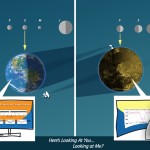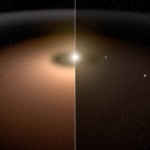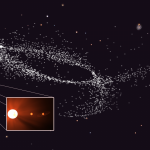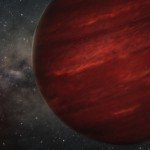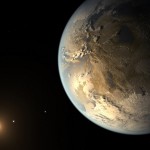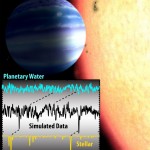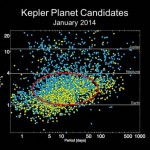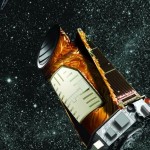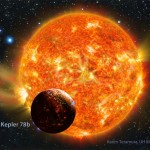The discovery of a super-Earth-sized planet orbiting a sun-like star brings us closer than ever to finding a twin of our own watery world. But NASA’s Kepler space telescope has captured evidence of other potentially habitable planets amid the sea of stars in the Milky Way galaxy.

The zone can be a wide band or a narrow one, and nearer the star or farther, depending on the star’s size and energy output. For small, red-dwarf stars, habitable zone planets might gather close, like marshmallow-roasting campers around the fire. For gigantic, hot stars, the band must retreat to a safer distance.
About a dozen habitable zone planets in the Earth-size ballpark have been discovered so far — that is, 10 to 15 planets between one-half and twice the diameter of Earth, depending on how the habitable zone is defined and allowing for uncertainties about some of the planetary sizes.
The new discovery, Kepler-452b, fires the planet hunter’s imagination because it is the most similar to the Earth-sun system found yet: a planet at the right temperature within the habitable zone, and only about one-and-a-half times the diameter of Earth, circling a star very much like our own sun. The planet also has a good chance of being rocky, like Earth, its discoverers say.
Kepler-452b is more similar to Earth than any system previously discovered. And the timing is especially fitting: 2015 marks the 20th anniversary of the first exoplanet confirmed to be in orbit around a typical star.

